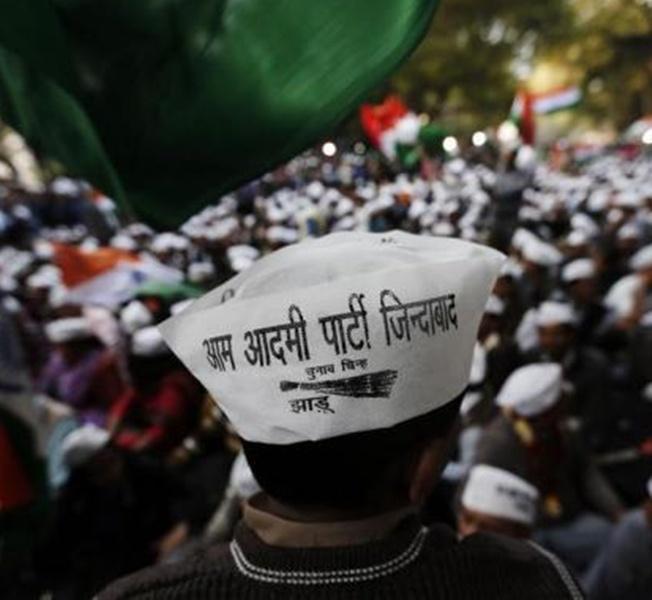
Arvind Kejriwal has got his politics right. Now, he needs to rethink his party’s economic policies says A K Bhattacharya.
It is time Arvind Kejriwal drew a connection between the economic needs of the common man whose cause he proposes to champion and the kind of economic policies that he has proposed so far
No event in recent times has made as big an impact as has the emergence of the Aam Aadmi Party as an alternative to traditional political parties.
Looking for comparisons, old-timers recall the Jayaprakash Narayan-led movement against Indira Gandhi’s Congress that eventually led to the imposition of the Emergency in 1975 and the formation of the Janata Party. There is then the V P Singh-led movement against Rajiv Gandhi’s Congress and the Bofors deal.
In both instances, a new government was formed as a consequence. The Janata Party trounced the Congress in 1977 to form the short-lived government led by Morarji Desai.
And in 1989, V P Singh led a coalition of parties to form the National Front government, which too had an even shorter tenure of a little less than a year.
…
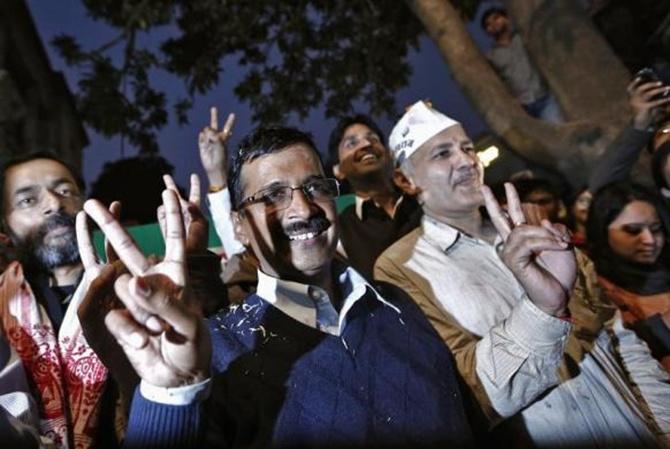
Not surprisingly, therefore, few of India’s political pundits believe that the Aam Aadmi Party will be able to sustain its movement for long or even complete the full term of the Delhi government it has formed with the support of the Congress.
The contradictions within the Janata Party came out in the open within a few months of its assuming power at the Centre.
One by one, all the key constituents of the Janata Party broke away to form their own outfits and the Janata Party experiment, as an alternative to the Congress, was over by the end of 1979.
A similar fate awaited V P Singh’s National Front government that had promised to usher in clean governance. Thanks to his brand of politics (remember the Mandal Commission?), Singh was unseated even before he could celebrate the first anniversary of his prime ministership.
…
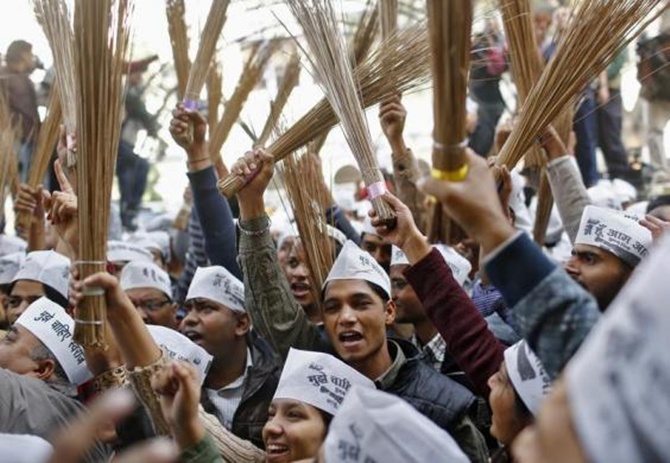
Yet, it would be naïve and a bit premature to conclude from history that Arvind Kejriwal’s Aam Aadmi Party would meet the same fate as did the movements launched by Jayaprakash Narayan or V P Singh.
This is because Mr Kejriwal has fashioned his movement quite differently and the parallels with the past may be misleading.
The two movements – one in the 1970s and the other in the 1980s – had mainly targeted the Congress as the political force that needed to be defeated through the electoral process.
In that battle, they had made an alliance with different anti-Congress forces to stay in power. Mr Kejriwal, however, is targeting not just the Congress but all the established political parties, including the Bharatiya Janata Party.
…
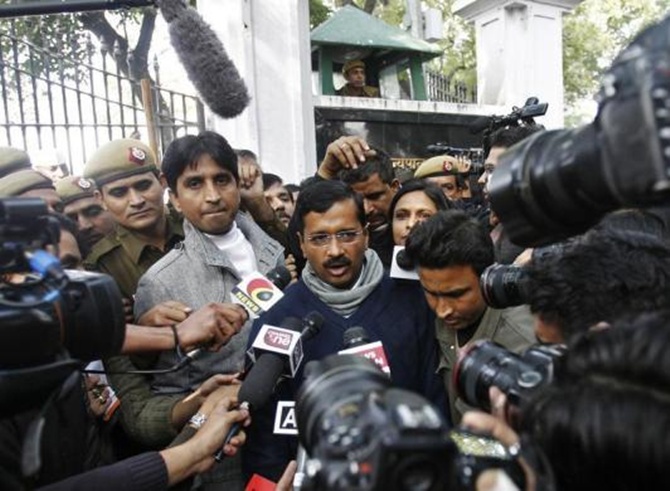
The movement draws its strength from the popular disenchantment with the failure of the political classes in ensuring clean and effective governance after years of independence.
Thus, as long as Mr Kejriwal can sustain his campaign against the established political parties, riding on their indifference to the common man’s need for more responsive governance, the Aam Aadmi Party should be able to maintain its distinctive identity and retain its connect with the ordinary voters of this country.
Note that he has already redefined – and indeed expanded – his constituency to include all those citizens who, irrespective of their economic background, have no “political connection or influence” to get things done in this country. This is Mr Kejriwal’s new definition of the common man.
…
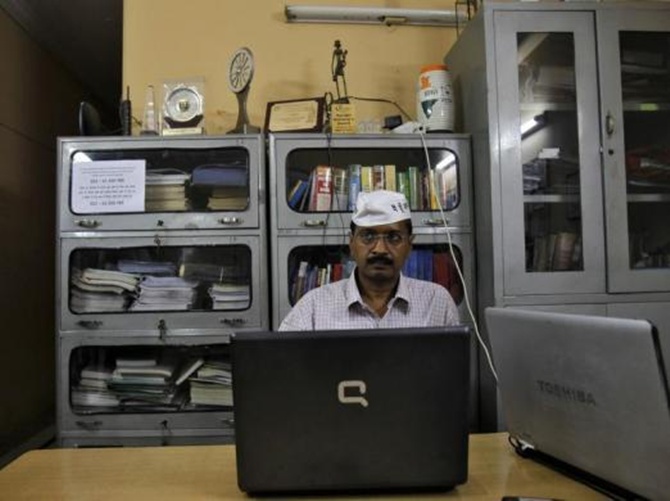
The danger in this game, of course, is when the Aam Aadmi Party is seen as behaving like any other political party.
Mr Kejriwal’s unique selling point among voters of Delhi is not his anti-Congress or anti-Bharatiya Janata Party stance, but the promise that he and his party would try to deliver governance without behaving as though they are the rulers.
This is likely to work in most parts of India and the chances of the Aam Aadmi Party’s appeal spreading across the country look very bright.
The problem, however, is not with the politics of the Aam Aadmi Party. Its major stumbling block is likely to be its economic agenda.
…

Can it afford policies like providing free water to all, instead of focusing first on fixing distribution leakages or improving overall availability of water through universal metering of all water supplies?
Can it reduce power tariff by half to …
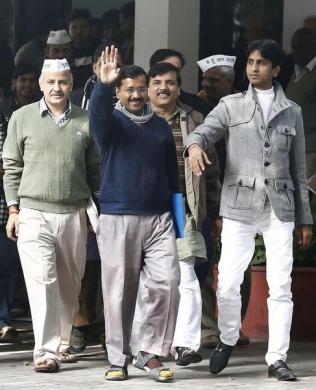
It is time Mr Kejriwal drew a connection between the economic needs of the common man whose cause he proposes to champion and the kind of economic policies that he has proposed so far.
Mr Kejriwal’s common man would like the subsidies to be transparently targeted to the real needy and not wasted inefficiently across all sections of people, leading to wastage and leakages.
Unfortunately, most of his economic policies have paid no heed to this basic economic reality that prevails today.
Mr Kejriwal has got his politics right. Now, he needs to rethink his party’s economic policies.